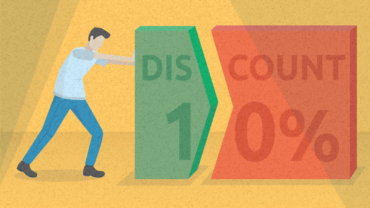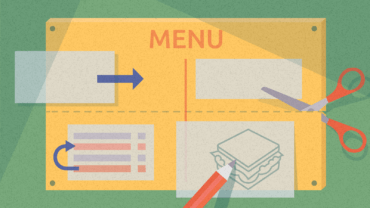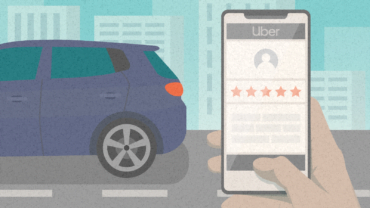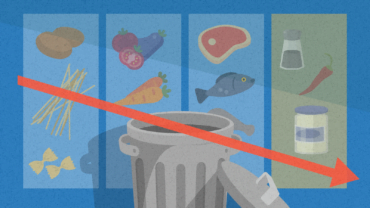The Business Dangers of Giving Away Free Products and Gifts
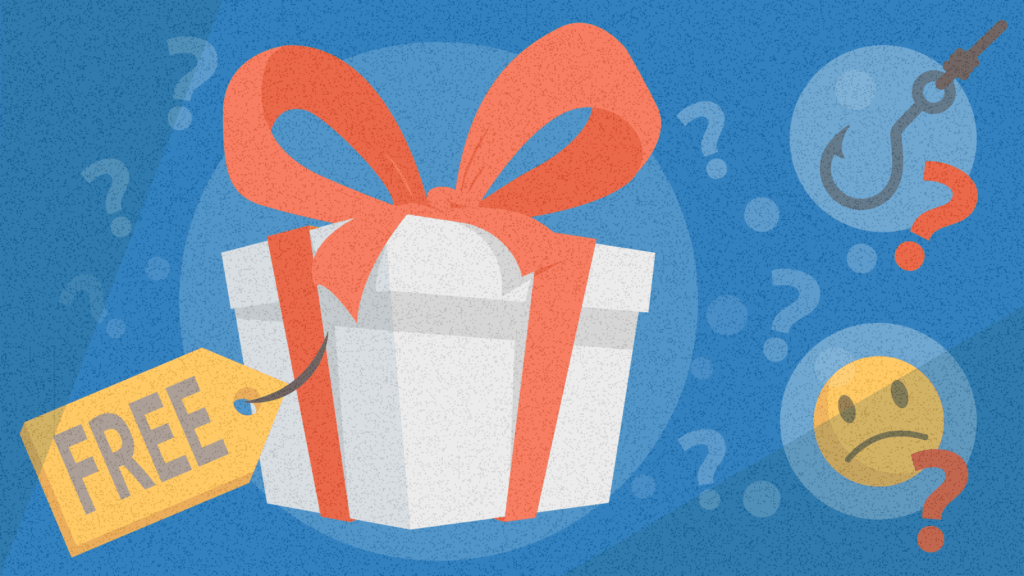
Are you thinking of giving away a free product or gift to entice more customers? If so, you might want to check out this article on the business dangers of giving away free products and gifts. We’ll look at the science behind why it might work, the dangers, and how to use it for maximum advantage.
In this article, you’ll discover:
- Why free products and services are often undervalued and not appreciated by customers;
- The best ways to make free items more desirable; and
- How you can increase your profits without giving items away for free.
Why we love the word free
The word free has been a part of human culture for generations. In monetary terms, the word free seems to have gained popularity when American Tavern owners advertised free lunches to drive people into their bars. This later spread into popular culture as writers, politicians, and economists started using the term “there’s no such thing as a free lunch”.

Discover ground-breaking ideas and fascinating solutions.
This drew the attention of people to the process of people using free products to generate profits. The Tavern owners offered free lunches to entice people to stay and consume more alcohol. In essence, the free lunch was simply the cost of getting people into the bar. We all know that bar owners give away ‘free nuts’ to increase our thirst. But despite being aware of this, we all still eat the nuts. The reason for this is that as humans, we have an emotional connection to the word free.
Bar owners give away ‘free nuts’ to increase our thirst. Despite being aware of this, we all still eat them. The reason we have an emotional connection to the word free.
An experiment conducted by behavioral scientist Dan Ariely showed just how powerful free gifts can be in fuelling human action. His team ran a test to see if people actually overvalue the word free. In one test, they placed luxury chocolate for sale at 14c and another well-known brand of lesser quality for 1c. In the experiment, the vast majority of people purchased the more expensive chocolate at 14c. This makes sense – the cost of both chocolates was low, and so, people chose to pay for the higher-quality brand.
So next, they changed things up. They dropped the price of the chocolate by 1c each. This made the cheaper brand free and the more expensive version 13c. In this version of the experiment, the vast majority of people chose the free chocolate. But it wasn’t only choice that was affected. Emotions were as well.
In another version of the experiment, they asked the participants to rate how attractive they found the chocolates. Again, people found the free chocolate more attractive. So, with an abundance of evidence to suggest that making something free draws people in to take action, why wouldn’t we all give free offers? Well, it turns out that free isn’t all it’s cracked up to be and for businesses, it can be dangerous to go down the route of giving away free items.
Why no one likes to be caught hook, line and sinker
In society, you’ll find examples of ‘free’ all around us. However, as a species, we have been using ‘free’ to capture animals for years. From baiting traps to the bait on a hook, we know that free food is used to entice animals to their doom. And so, we’ve become accustomed to treating anything free with a degree of caution. Even our language has evolved to address this danger.
We say things like “this sounds a bit fishy” and “what’s the catch”? This is a concept in behavioral economics called Value Pay Off. It’s where we think something is too good to be true, so we look for negatives. And that’s what can happen when you make a product or service free. People start to look for what’s wrong, which adds a layer of friction to the purchasing or action-taking decision. It can also cause issues later on when you want to charge for goods and services. Let’s look at this next.
When we think something is too good to be true, we look for the negatives. And that’s what can happen when you make a product or service free.
Why free isn’t always the best place to start
As powerful as FREE is, it isn’t always the best place to start. Why? Because the price is a signal of quality. Which wine do we think is the best? The one with the highest price or the cheaper bottle? The answer is, as you know, the higher-priced bottle. Free products are often undervalued because people expect some correlation between price and quality. It’s rare to find a product that is free and of high value. We know this. So, if something is free, we expect the quality to be lower. And the dangers of using free products don’t end there.
Free products are often undervalued because people expect some correlation between price and quality. If something is free, we expect the quality to be lower.
In behavioral economics, the term anchoring is used to describe the tendency of people to base their decisions on the first piece of information offered. This is often a number, as in a price. And while we can use anchoring in clever ways to increase profit and to encourage the desired action, anchors can also harm us. Take the App store as an example. The vast majority of the Apps are free. Why? Because Apple allows people to price their apps for free. This creates an environment where people don’t want to pay for apps. The anchor is that over 90% of apps are free. And this information is widely visible in the marketplace itself. In this case, the anchor of ‘free’ means that it’s very difficult for paying apps to gain traction, and instead they have to rely on in-app purchases.
Anchoring
People’s tendency to rely and base their decisions on the first piece of information (often a number) offered. The anchor creates a reference point to which people compare other prices.
The same goes for your goods and services. Once you offer something for free, it serves as an anchor to the customer. It becomes difficult to ever charge for this again as people have been attracted to the ‘free’ service and product. Think about it from a consumer perspective – if you have always been given something for free, it creates tension and resentment when someone starts asking for payment. The other issue with giving things for free is that this is where the customer is likely to start their mental accounting.
Mental Accounting is a term to describe how we calculate value and, as the name suggests, it’s entirely created in the mind. For example, in an experiment conducted in the 1980’s by Richard Thaler, participants were asked to imagine lying on a beach on holiday and then were asked how much they were willing to pay for a beer. The first group was told that the beer would come from a luxury hotel, the second group was told that the beer would come from a grocery store.
On average, the price for the luxury hotel beer was valued at $2.65, and the price for the grocery beer was valued at $1.50. Even though it was the same beer on the same beach, people felt that the price of the beer from the luxury hotel should be more expensive. Mental accounting affects the way we think about our spending. And when you start at a price point of free, that serves as a mental anchor to compare every other offer against. So, can free be used to generate better results, leads and profits? The answer is yes, and we’ll explain how next.
3 ways to use the word free to maximise results in your business
So far, we’ve learned just how powerful the use of ‘free’ can be. But we’ve also seen how it can actually damage our overall objectives and make people see our offers as a trick where people actively search for negatives. But let’s look at ways to maximise the power of free.
Explain why something is free
We have seen that people look for the value payoff. This is where the word free triggers an ‘it’s too good to be true’ response from the people we want to take action. The alternative is to explain why something is free. For example, you can leverage the act of reciprocity for current customers or new ones. Giving something for free to existing customers could increase retention when accompanied by a statement that explains that this is a reward for staying with the company for a specific amount of time. Interestingly, Google has done this several times, offering free Google Home Mini systems and also free Google Stadia consoles to Premium YouTube subscribers.
Make them earn it
Have you ever seen an advert for a ‘free’ food item at your local takeaway store if you collect your food? If so, you have witnessed the power of earned ‘free’. This leverages the concept of reciprocity. In return for picking up your food and saving on delivery drivers’ time, they’ll give you a free item. There are, of course, other ways to make people earn their free product or service. You might require them to fill in a questionnaire before a free strategy or discovery session. Or perhaps, in order to gain a free consultation, they will have to travel to your office. By making people ‘earn’ their free product or service, you’ll eliminate the freebie seekers that can cost businesses money and time.
Use Free as an Anchor

Source: Grammarly
This is a common tactic used by SaaS companies. Offering a free level of service allows your customers to try a product or service risk-free. Any concerns are removed because you display the free option on a pricing page next to the paid options. Customers can see the loss of benefits and why this is a free version. The above screenshot shows the pricing structure used by the online grammar tool, Grammarly. Video software Veed is another example of a company using free as part of a tiered pricing approach.
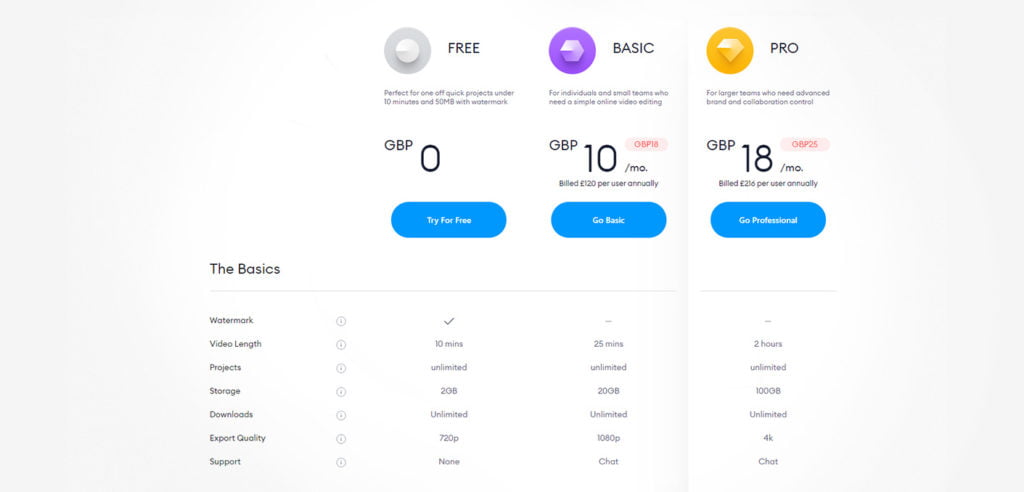
Source: Veed.io
You can mentally see the differences between the product levels with this kind of layout. This is in clear contrast to the App Store where you can’t compare the free App to the paid one very easily, and so, just as in the Dan Ariely experiment, the free option becomes vastly more appealing.
Key Takeaways
- Free can sometimes be a turn-off for customers: We’ve learned about the value payoff effect that causes customers to look for a catch or negative aspect of a free offer. By making something free, you might end up actually adding more friction to your customer acquisition process.
- People Love Free. Yes, there are negatives to the use of free products or services, but people still love free stuff. We saw in the chocolate experiment that people who paid for the chocolate actually paid for the expensive brand. However, when the cheaper option was offered for free, this created mass appeal and satisfaction. So, it can be beneficial to offer something for free, but only in the right circumstances.
- If you’re using free, add context. Free on its own causes doubt, so you need to use the word within a particular context. Create a free service level but display it next to your paid options. Tell people why an item or service is free or discounted, or make them earn the free item.


